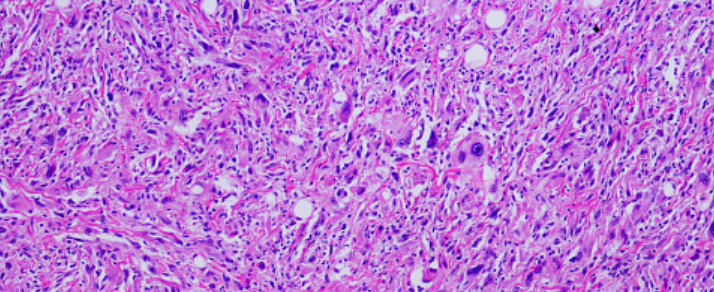Photo Credit: iStock.com/Elif Bayraktar
Results of a post hoc analysis of 3 phase 3 trials of tolebrutinib suggest that PRLs are associated with an increased risk for disability accumulation in MS.
Results of a post hoc analysis of 3 phase 3 trials of tolebrutinib suggest that paramagnetic rim lesions (PRLs) are associated with an increased risk for disability accumulation. Tolebrutinib has a greater impact on patients with MS with higher PRLs. These findings are consistent with the CNS bioactive mechanism of action of tolebrutinib.
The brain-penetrant Bruton’s tyrosine kinase (BTK) inhibitor tolebrutinib produced promising results in the phase 3 trials HERCULES (NCT04411641), GEMINI 1 (NCT04410978), and GEMINI 2 (NCT04410991)1,2. Jiwon Oh, MD, University of Toronto, Canada, and co-authors wanted to know if PRLs are associated with response to tolebrutinib3. She explained that PRLs are chronic active lesions that have a demyelinated core with axonal loss and an inflammatory demyelinating rim with iron-laden microglia and macrophages. They are present across the spectrum of MS4. PRLs have been shown to correlate with disability accumulation and are resistant to approved therapies.
Baseline PRLs were evaluated as a prognostic and predictive biomarker for disability accumulation and treatment response in the GEMINI and HERCULES trials. In GEMINI, participants with relapsing MS were randomly assigned 1:1 to tolebrutinib 60 mg once daily or teriflunomide 14 mg once daily. In HERCULES, participants with secondary progressive MS were randomly assigned 2:1 to tolebrutinib 60 mg once daily or placebo. In all, 631 (34%) and 437 (39%) participants of GEMINI and HERCULES, respectively, had PRL imaging.
Overall, 653 participants (61%) had PRLs. In GEMINI, the proportion of participants with 0, 1–3, or greater than or equal to 4 PRLs at baseline was 38%, 35%, and 27%, respectively, with similar proportions in HERCULES. “In all three studies, the treatment effect of tolebrutinib was much more evident in patients with PRLs,” said Dr. Oh. In both studies, the risk for 6-month confirmed disability worsening (CDP) increased with the amount of baseline PRLs in all groups. In GEMINI, the CDP risk was mitigated by tolebrutinib, with a relative risk reduction of -18%, -46%, and -49% in participants with 0, 1–3 and greater than or equal to 4 PRLs, respectively. In HERCULES, tolebrutinib was associated with a +17%, -15% and -54% risk, respectively.
Medical writing support was provided by Michiel Tent.
Copyright ©2025 Medicom Medical Publishers




















Create Post
Twitter/X Preview
Logout